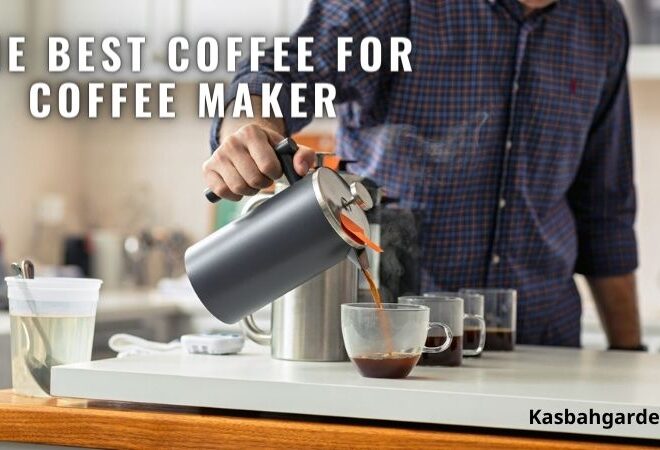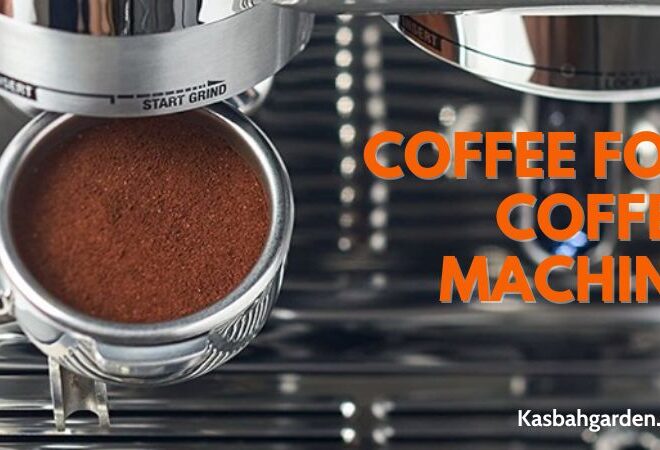Find Out: How Many Ounces Are in Your Espresso Shot?
Part 1: The Foundations of Espresso
Espresso Basics
Espresso is a concentrated form of coffee, distinguished by its thick, velvety texture and bold, intense flavor. The term “espresso” comes from the Italian for “pressed out,” referring to the brewing process of forcing hot water under pressure through finely ground coffee.
While coffee has been consumed for centuries, espresso as we know it originated in Italy in the early 20th century. The invention of the lever-driven espresso machine revolutionized coffee brewing by enabling the high pressure extraction critical to espresso. This new fast-paced style resonated with urban Italian culture and spread through Europe. Today, espresso is integral to coffee culture around the world.
Espresso Shot Volume Explained
There are several standard shot volumes that give espresso its signature concentration. These include:
- Ristretto: A “restricted” 15-20ml shot that is extra strong and intense.
- Normale: The standard 25-30ml shot.
- Lungo: A longer 35ml shot with more body.
- Doppio: A double shot of 60ml with doubled coffee and water.
The Normale is the basis for most espresso drinks. But cafes often tailor shot volumes based on customer preference and the characteristics of the beans.
Part 2: Crafting the Perfect Espresso

Bean Selection for Espresso
The region a coffee is grown in and the variety of the plant have a huge impact on flavor. For espresso blends, beans from Africa and Arabia provide fragrance and bright acidity, Latin America offers body and sweetness, and Asia/Pacific brings complexity and earthiness. The blend recipe balances these qualities. Single origin espressos highlight unique flavors.
Roasting Profiles and Espresso
Roasting transforms green coffee beans, altering their structure and chemistry to develop flavor. The degree of roasting affects espresso: lighter roasts accentuate origin characteristics, while darker roasts develop roasted flavors. Most espresso roasts fall around the medium to moderately dark range.
The Grinding Game
Proper grinding maximizes espresso extraction. Finer grinds have more surface area for the water to interact with the beans. But too fine leads to slow flow and over-extraction. The optimal espresso grind is fine while still allowing the proper flow rate. Consistency in particle size also ensures even extraction.
Optimizing Water Quality
Good tasting water makes good tasting coffee. For espresso, water should have moderate mineral content to extract flavors from the beans while limiting bitterness. Many cafes filter water or use mineral addition to optimize flavor. The ideal water temperature is 200°F (93°C).
Espresso Machine Mastery
Manual and automatic machines employ pressure from 8-10 bar to force hot water through the coffee bed. Features like pre-infusion and PID temperature control allow fine tuning of the extraction. Proper cleaning and preventative maintenance help ensure consistency and longevity of the machine.
Advanced Extraction Techniques
Methods like pressure profiling and temperature surfing give even more control over extraction by altering pressure and temperature during a shot. The crafted manipulation of brewing variables takes espresso mastery to the next level.
Part 3: Beyond Espresso Shots
Espresso-Based Drinks
The flavor intensity of espresso is perfect for pairing with milk, cream, chocolate, and other ingredients. Here are just a few delicious drinks built on espresso:
- Cappuccino: Espresso with steamed and foamed milk.
- Lattes: Espresso plus steamed milk and a thin layer of foam.
- Americano: Espresso diluted with hot water.
- Mocha: Chocolate and espresso topped with milk.
- Affogato: Espresso poured over a scoop of vanilla ice cream.
Innovative baristas are always pushing boundaries when it comes to espresso cocktails too!
Latte Art Fundamentals
With proper technique, steamed milk can be poured into espresso beverages to create beautiful feathered or rosette designs. Start by learning the basics: pour slowly and keep the spout close to the crema to control the flow. Contrasting white and brown will make your designs really pop.
Setting Up Your Home Espresso Bar
You don’t need a fancy setup for delicious espresso at home. A semi-automatic machine and burr grinder are essential. Add a tamper, scales, and milk frother, and you’re ready to go. Prioritize the grinder and machine when budgeting. And remember to keep your tools clean!
Part 4: Health, Safety, and Sustainability
Navigating Caffeine Consumption
Caffeine gives espresso its energizing kick but too much can lead to negative effects. Experts recommend limiting intake to 400mg per day or less. Keep tabs on servings – a single shot has around 75mg of caffeine. Be aware of your own tolerance.
Machine Care for Quality and Safety
Proper cleaning and maintenance prevents buildup and deterioration that can negatively impact flavor and machine function. Backflush regularly, sanitize the brew group, and descale to avoid corrosion. Follow manufacturer guidelines and inspect for issues.
Toward an Ethical Espresso Supply Chain
There is growing awareness of labor, economic, and environmental issues in the global coffee trade. Support sustainable practices by choosing companies that invest in farming communities and ecological production. Look for direct trade or Fair Trade Certified beans.
Part 5: The Culture and Future of Espresso
Espresso Traditions Around the World
From the vibrant espresso bar culture of Italy to Australia’s flat white obsession to specialty third wave cafes in Japan, espresso has taken on distinct regional identities. These local customs reflect how coffee is woven into the fabric of everyday life.
Pushing the Boundaries of Espresso Innovation
Advances in technology, brewing techniques, and coffee science are shaping the forefront of espresso. Some areas of innovation include variable pressure profiling, cold brew and flash brew espresso, automated espresso machines, modular espresso systems, and more!
Bringing People Together Over Espresso
The rituals surrounding espresso have made cafes everywhere hubs for connection. The atmosphere of community inspires everything from book clubs to philosophical debates to revolutions! Espresso has fueled progress in art, literature, and science through chance encounters over coffee.
Conclusion
With this guide just skimming the surface, the world of espresso is surely deep. From understanding extraction principles to fueling human bonds over mugs of crema, we’ve explored how espresso at once sustains us and connects us. May your own espresso journey kindle curiosity and creativity. Share your experiences with the community. And most of all, remember the essential joy of savoring each sip!
Call to Action
What are your own stories, insights, and recipes when it comes to espresso? I’d love to learn more and dive deeper together. Please share in the comments below or on social media using #espressojourney. Let’s keep exploring the essence of espresso!



How many grams of coffee do I need to make a 4 shot espresso?
I use between 18 and 21 grams depending on grind size and roast level.
Should double espresso be 2 fluid ounces?
It should be about 36g, as a starting point. Obviously tweak to your preference.
How many ounces of oatmilk are in the BS shaken espresso?
idk the exact amount of ounces but usually after shaking, the espresso and ice should go up to about a 1/2 inch above the third line on the cup, and maybe more if you have a good foam! then top with milk!!